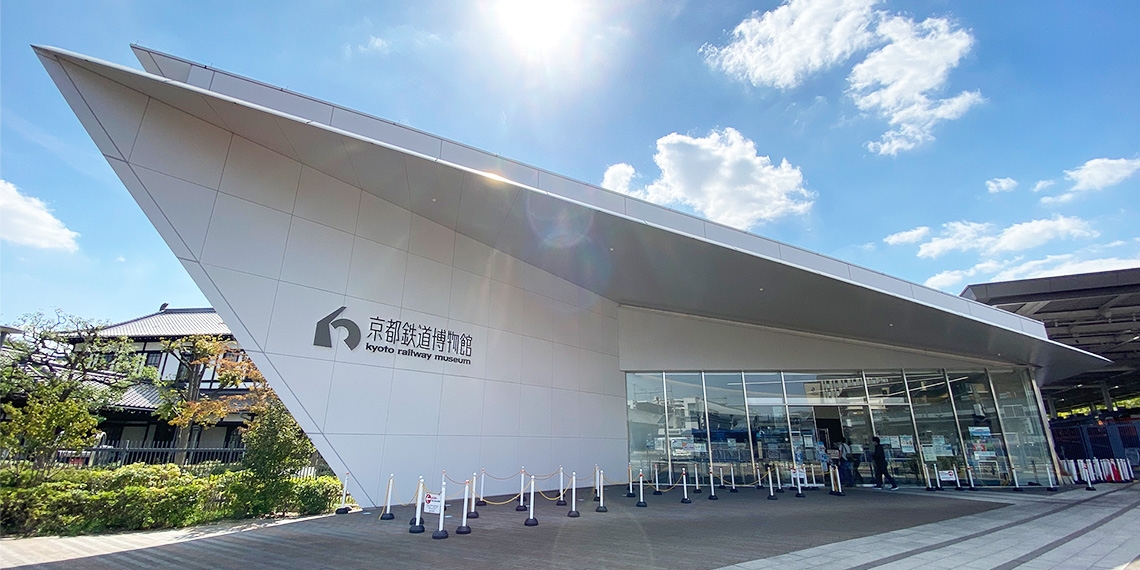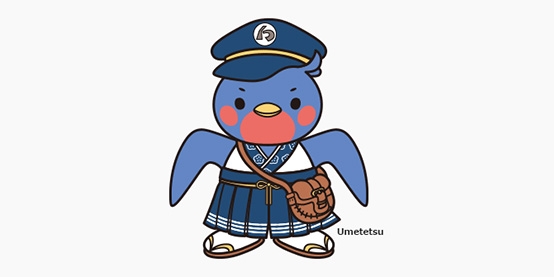About Us
About Us
About the Museum

Our fundamental concept is “A Hub of Railway Culture, Walking Together with the Community.” We aim to coexist with the local community by upholding our core mission of “contributing to regional revitalization through business activities centered on railways.”
The successor to the Modern Transportation Museum, which closed on April 6, 2014, the Kyoto Railway Museum held its grand opening on April 29, 2016, as the expanded and renovated Umekoji Steam Locomotive Museum, which closed on August 30, 2015.
Official Character: Umetetsu

Umetetsu is a curious and energetic young male swallow who came to Kyoto for the first time in the spring.
Official deputy mascot: S-maru

Modeled on the 230-233 steam locomotive. As a British-style steam locomotive “S-maru” pretends to be British but was actually born and bred in Japan.
Inquiries
Other inquiries about the museum
TEL: +81-570-080-462
[Hours] 10:00 a.m.–5:00 p.m.
It may be difficult to reach us by phone during busy periods.
You may be unable to reach us from some IP phones.
